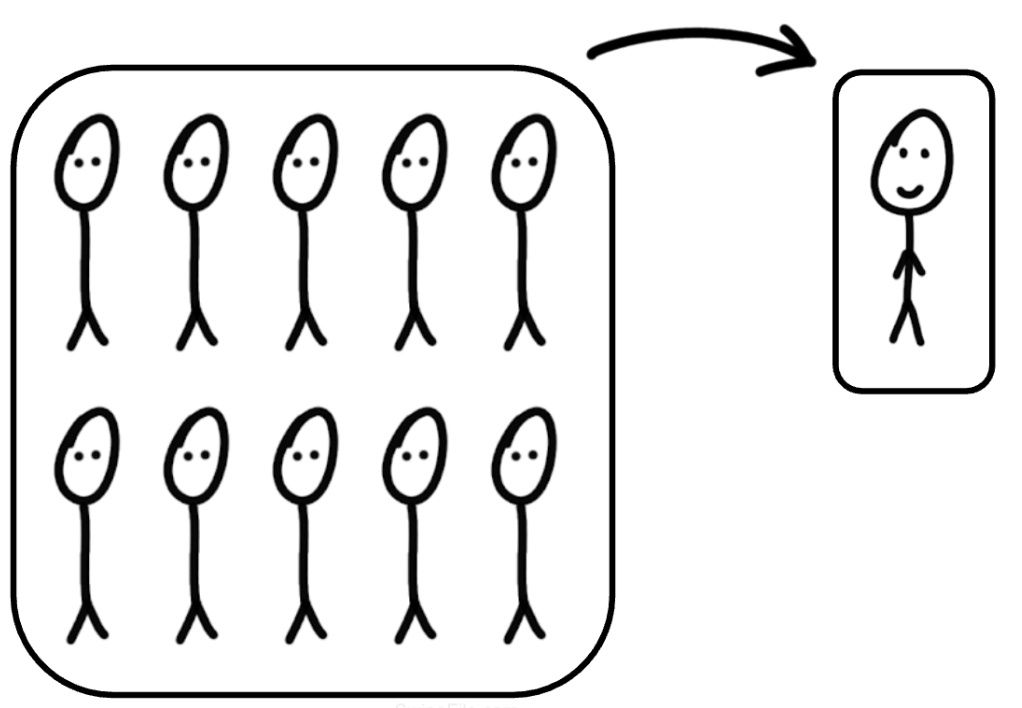1 person will do what 10 people used to do.
Updated on

Look at that old newspaper headline about teachers protesting calculators. People thought math skills would vanish! Fast forward, and calculators are literally built into every phone. History repeats: every new tech sounds scary until it quietly replaces 10 people’s jobs.
Why this image hits hard
The stick figure comic nails it: where you once needed a team, now one person plus tech can do it all. AI, automation, and tools don’t destroy creativity—they multiply it.
Why it works
- Shows the “efficiency curve” visually: 10 people → 1 person.
- Triggers an “Aha!” by comparing past tech scares to today’s AI talk.
- Uses a simple sketch to communicate massive technological leverage.
Real world examples
- TikTok creators reach millions solo—no studio needed.
- Shopify turned one founder into a global retailer.
- QuickBooks replaced entire accounting departments.
- ChatGPT lets one marketer do the work of five copywriters.
Analyzed by Swipebot
Loading analysis...